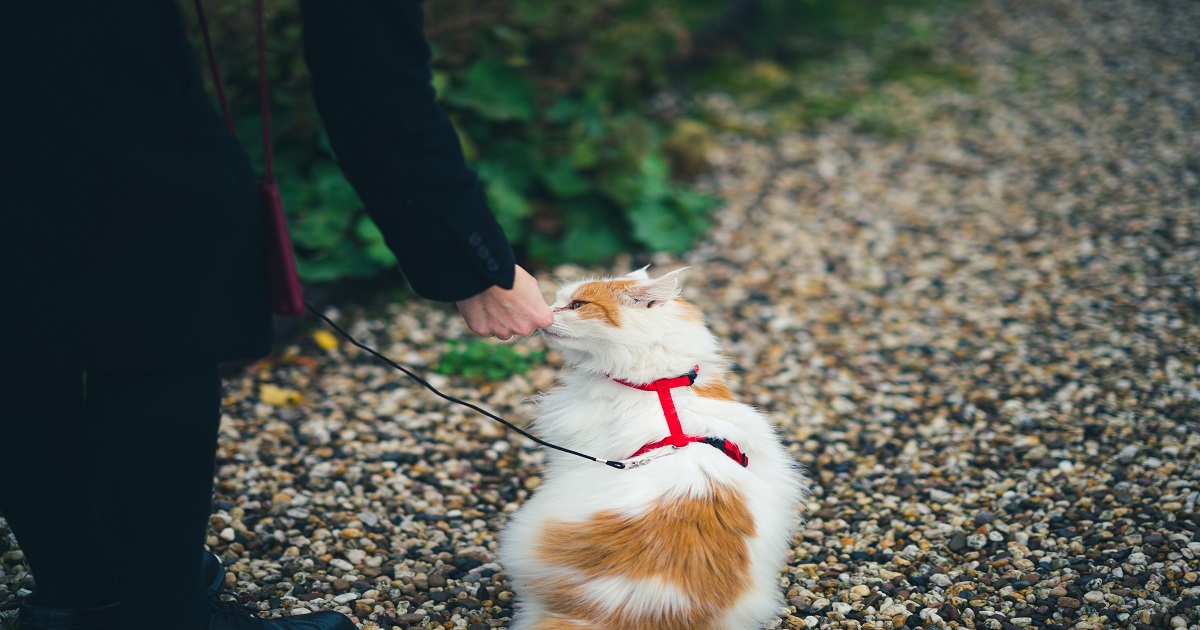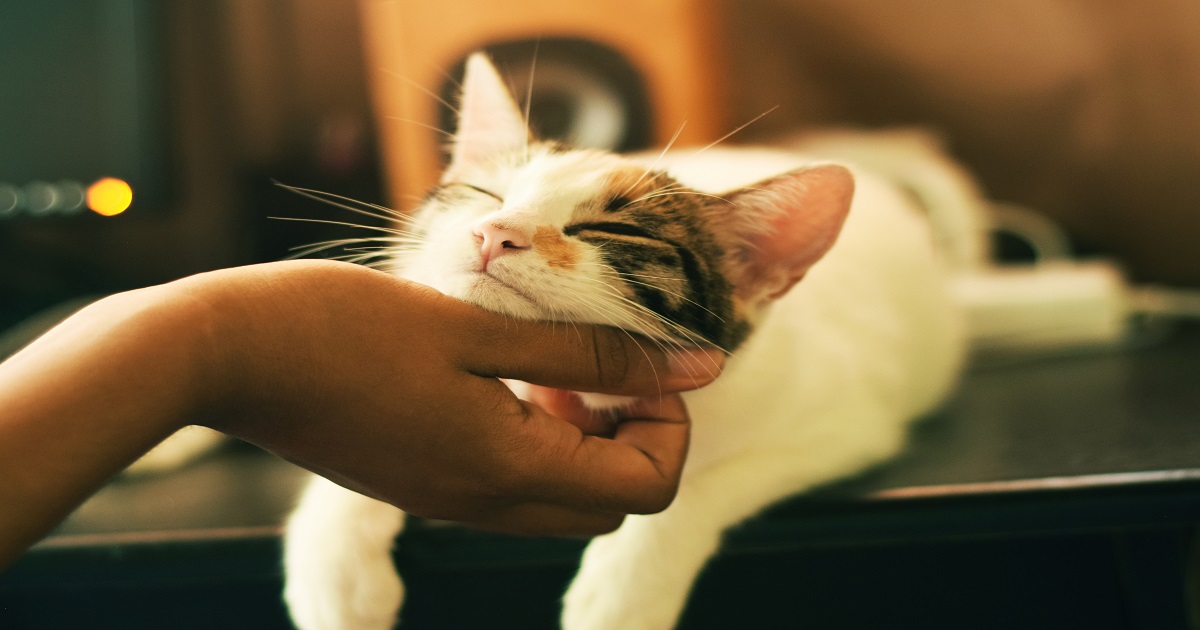As a loving cat owner, you may sometimes find yourself at odds with your feline friend’s behavior. Contrary to popular belief, cats can be trained, and doing so can not only help correct problematic behaviors but also strengthen the bond between you and your cat. Let’s explore some useful tips and techniques for training your cat to ensure a harmonious and enjoyable coexistence.
The Basics of Cat Training
Training a cat involves helping them associate certain behaviors with specific outcomes, either positive or negative. This is usually achieved through the use of positive reinforcement, which rewards desirable behavior. Punishment, on the other hand, can be stressful and counterproductive, leading to mistrust or fear.
Understanding Your Cat: Successful training starts with understanding your cat’s nature and instincts. For example, cats are territorial creatures who love to climb and scratch. Providing a dedicated space for these activities, like a cat tree or scratching post, can help manage these behaviors in a way that’s satisfactory for both of you.
Start Small and Be Consistent: Begin with simple commands and behaviors, and be consistent in your approach. Repetition and consistency are key to helping your cat understand what you want from them.
Key Training Techniques
1. Clicker Training: This technique uses a device that makes a ‘click’ sound to mark the moment your cat performs the right behavior. After the ‘click,’ the cat is immediately rewarded with a treat. Over time, the cat begins to associate the ‘click’ with doing something good and receiving a reward.
2. Lure and Reward Training: This method involves using a treat or toy to guide your cat into performing a specific behavior, such as sitting or coming when called. Once they perform the desired action, they receive the reward.
3. Target Training: In this technique, the cat is trained to touch an object (the target) with a specific part of their body, such as a paw or nose. This can be useful for teaching your cat to follow the target, leading to more complex behaviors.
Useful Tips for Cat Training
Patience Is Key: Cats learn at their own pace, so patience is crucial. Don’t get frustrated if progress seems slow.
Short and Frequent Training Sessions: Cats have short attention spans, so keep training sessions brief (around 5-15 minutes) and repeat them frequently throughout the day.
Positive Reinforcement: Always reward good behavior with treats, praise, or petting. Positive reinforcement makes the training process enjoyable for your cat and encourages them to repeat the behavior.
Never Punish Your Cat: Cats don’t respond well to punishment; it can lead to fear or aggression. If your cat misbehaves, simply ignore the behavior and redirect their attention to something positive.
In conclusion, training your cat is a rewarding journey that strengthens the bond between you and your feline friend. Remember to be patient and consistent, and most importantly, make the process fun for your cat. With the right approach, your cat will soon learn to engage in behaviors that contribute to a harmonious and loving household.






